Multiple Fluorescent Ballasts in one light fixture
MikeM21
9 years ago
Related Stories
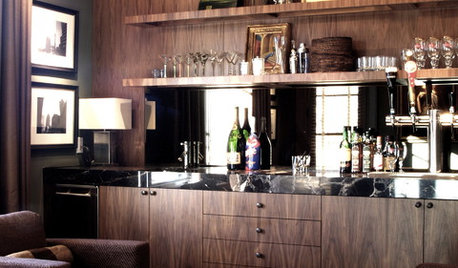
DECORATING GUIDES11 Lighting Fixtures That Rethink the Flush Mount
Think flush-mount lighting equals frumpy and fluorescent? These brilliant beauties for the kitchen, bath and beyond will change your mind
Full Story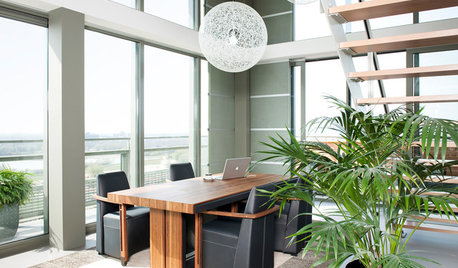
HOUSEPLANTSMeet a Palm That's Fine With Fluorescent Light
Get the look of the tropics without the full-on sun and high humidity — parlor palm tolerates regular indoor conditions with aplomb
Full Story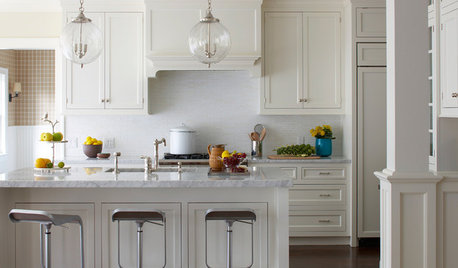
DECORATING GUIDESObjects of Desire: 8 Gorgeous Globe Light Fixtures
Conjure the music of the spheres with everything from a single globe light to a constellation of pendants
Full Story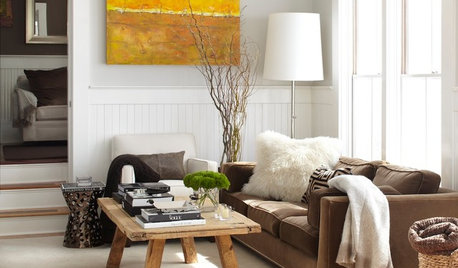
LIGHTINGYour Guide to Common Light Fixtures and How to Use Them
Get to know pot lights, track lights, pendants and more to help you create an organized, layered lighting plan
Full Story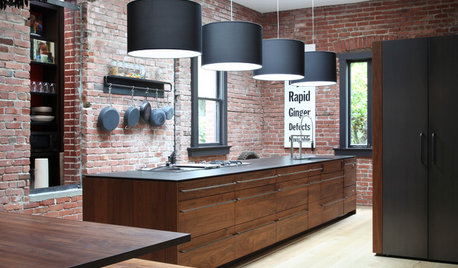
LIGHTING15 Ways to Create Drama With Light Fixtures
Use lights as artful decorating elements, and watch them draw attention for more than their ability to illuminate
Full Story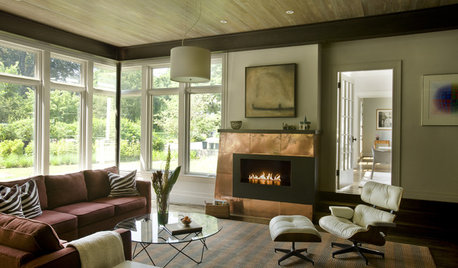
LIGHTINGLighting: The Hardest Working Fixtures of the Home
Create Your Favorite Mood With a Mix of Sunlight and Fixtures
Full Story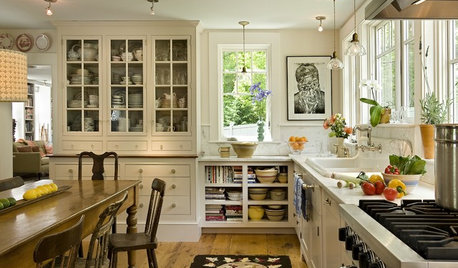
KITCHEN DESIGN12 Great Kitchen Styles — Which One’s for You?
Sometimes you can be surprised by the kitchen style that really calls to you. The proof is in the pictures
Full Story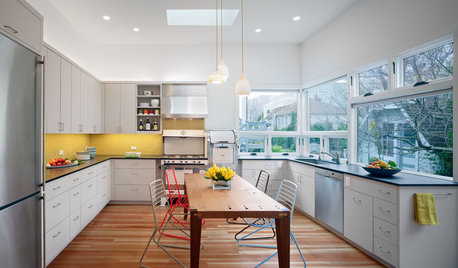
KITCHEN DESIGNThe Ecofriendly Kitchen: Light Your Kitchen Right
Harnessing the daylight is a terrific choice for earth-friendly kitchens, but it's not the only one
Full Story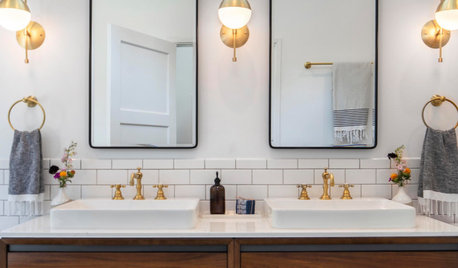
BATHROOM WORKBOOKHow to Get Your Bathroom Vanity Lighting Right
Create a successful lighting plan with tips on where to mount fixtures and other design considerations
Full Story





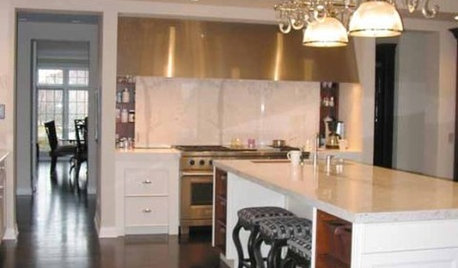




Ron Natalie
btharmy
Related Professionals
Ames General Contractors · Great Falls General Contractors · The Hammocks General Contractors · Tyler General Contractors · Benicia Solar Energy Systems · Beverly Hills Solar Energy Systems · Gardena Solar Energy Systems · Rehoboth Solar Energy Systems · Syosset Solar Energy Systems · Columbia Home Automation & Home Media · Coronado Home Automation & Home Media · Newtown Square Home Automation & Home Media · Palo Alto Home Automation & Home Media · Saint Augustine Home Automation & Home Media · Tampa Home Automation & Home Mediabullheimer
elltwo
ken_adrian Adrian MI cold Z5
bus_driver
bus_driver
Ron Natalie
ionized_gw
pharkus